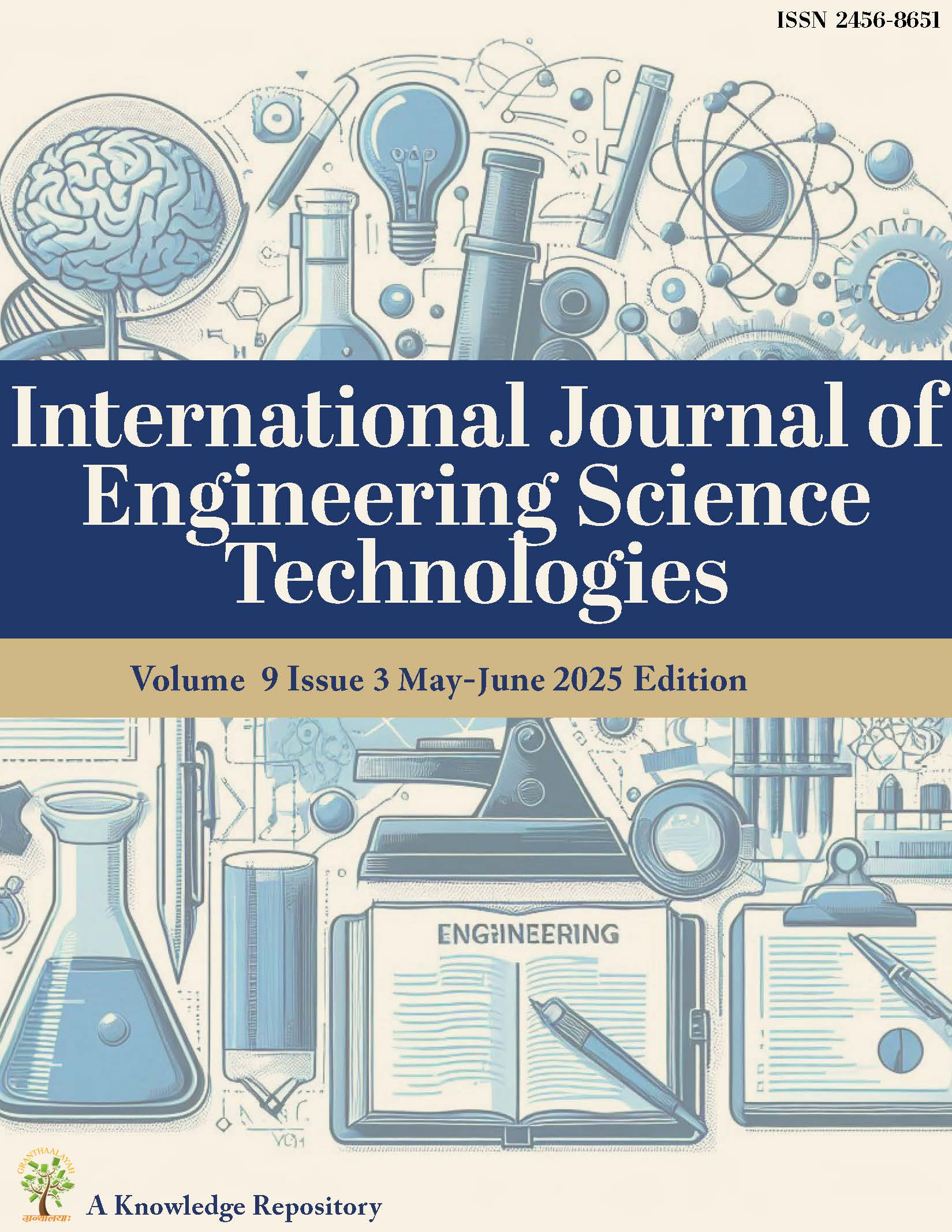OPERATIONAL EFFICIENCY ASSESSMENT OF URBAN PEDESTRIAN INFRASTRUCTURE: QUEUEING SYSTEM ANALYSIS OF ATAL FOOTBRIDGE
DOI:
https://doi.org/10.29121/ijoest.v9.i3.2025.706Keywords:
Atal Bridge, Queueing Model, Operational EfficiencyAbstract
This study focuses on analyzing the queueing system at the Atal Bridge, Ahmedabad to understand and improve its operational efficiency. The bridge's functioning is divided into two main parts: the ticket window and the bridge visit. Primary data, including arrival rates and service times, were collected through direct observation. The collected data was analyzed to determine its distribution, which was used to construct a suitable queueing model. Using this queueing model, a numerical analysis was performed to identify the causes of crowding and delays in the system. Moreover, the performance measures of weekdays (Monday to Friday) and weekends (Saturday and Sunday) were compared in the analysis to highlight differences in crowd patterns and system efficiency. The results of this analysis provide valuable insights into how the system can be improved to reduce waiting times and enhance the overall visitor experience. This research highlights the practical application of queueing theory in managing pedestrian flow and improving the efficiency of public infrastructure like the Atal Bridge.
Downloads
References
Gross, D., Shortle, J. F., Thompson, J. M., & Harris, C. M. (2011). Fundamentals of Queueing Theory (Vol. 627). John Wiley & Sons.
Gujarat Tourism. (n.d.). Atal Bridge.
Gumus, S., Bubou, G. M., & Oladeinde, M. H. (2017). Application of Queuing Theory to a Fast Food Outfit: A Study of Blue Meadows Restaurant. Independent Journal of Management & Production, 8(2), 441–458. https://doi.org/10.14807/ijmp.v8i2.576
Kabamba, A. M. (2019). Modeling and Analysis of Queuing Systems in Banks: A Case Study of Banque Commerciale Du Congo–BCDC/Mbujimayi.
Mehri, H., Djemel, T., & Kammoun, H. (2006). Solving of Waiting Lines Models in the Airport Using Queuing Theory Model and Linear Programming: The Practice Case AIMHB.
Priyangika, J. S. K. C., & Cooray, T. M. J. A. (2015). Analysis of the Sales Checkout Operation in a Supermarket using Queuing Theory.
Simaiakis, I., & Balakrishnan, H. (2016). A Queuing Model of the Airport Departure Process. Transportation Science, 50(1), 94–109. https://doi.org/10.1287/trsc.2015.0603
Xu, X., Li, H., Liu, J., Ran, B., & Qin, L. (2019). Passenger Flow Control with Multi-Station Coordination in Subway Networks: Algorithm Development and Real-World Case Study. Transportmetrica B: Transport Dynamics, 7(1), 446–472. https://doi.org/10.1080/21680566.2018.1434020
Published
How to Cite
Issue
Section
License
Copyright (c) 2025 Anjali patel, Ravi Gor

This work is licensed under a Creative Commons Attribution 4.0 International License.






















